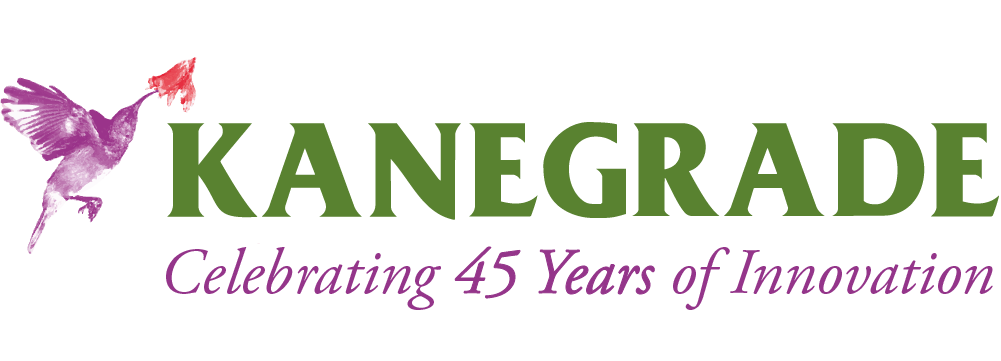An Introduction to Natural Colours
Natural food colours help make products look great and stay consistent. Our colours keep their brightness and shade even through different pH levels, light, and heat, so they work well in both chilled and shelf-stable products. Whether you’re making candy, baked goods, or fizzy drinks, our colours stay true throughout the product’s shelf life.
Our natural colours are easy to use, available in both liquid and powder forms to fit different manufacturing needs. They mix evenly and smoothly, saving time and reducing inconsistencies. With a wide range of colours that can be customised to your needs, you can get the exact look you want without sacrificing quality.
Portfolio
As a manufacturer and supplier of natural colours for over 40 years, Kanegrade has a wide portfolio of products for food and beverage manufacturers, which have been developed to suit every application.
You may be familiar with the source material and colour strength you need, but if not simply start by telling us the colour you want your product to be, and we’ll be happy to start suggesting products.
Red
Pink
Purple
Orange
Yellow
Green
Black
Brown
Blue
White
If needed, we’ll ask for some more specific information about your application, and we can arrange for samples to be sent to you.
Send us your enquiry today and we’ll be pleased to start a conversation.
Custom development
You may have a target shade in mind for your final product, which can’t be described as a single shade and one of our standard products doesn’t quite achieve what you need.
It is possible for us to create custom blends of natural colours, such as Annatto/Turmeric or Carmine/Beta-Carotene to get the ideal shade for your application.
Let us know and we’ll be happy to work with you to get the right product.
Technical
There are many technical aspects to consider when using natural food colours. We are happy to guide you through all of this, but here is a rundown of some of the details.
Source Materials / Principle Pigments – We work with colours derived from many source materials, and you may also have heard of some of the colouring pigments in this table:
| Colour | Example Source Materials | Principal pigments |
|---|---|---|
| Red / Pink / Purple | Black Carrot / Red Cabbage / Grapeskin / Elderberry Beetroot Cochineal / Carmine Tomato | Anthocyanin Betanin Carminic Acid Carotenoids (Lycopene) |
| Orange | Annatto Carrot Paprika | Carotenoids (Bixin / Norbixin) Carotenoids (Beta-Carotene, Apocarotenal) Carotenoids (Capsanthin and Capsorubin) |
| Yellow | Carrot Turmeric Safflower Lutein | Carotenoids (Beta-Carotene) Curcumin Mixture Xanthophylls (Zeaxanthin) |
| Green | Fescue Grass, Alfalfa Grass | Chlorophyll / Chlorophyllin |
| Black | Vegetable Carbon Black | – |
| Brown | Burnt Sugar | – |
| Blue | Spirulina | Phycocyanin |
| White | Titanium Dioxide, Calcium Carbonate | – |
- Shade: Some of the colouring pigments can have variation, for example Beta-Carotene can be either a red, orange or yellow shade.
- Strength / Percentage: Natural colours are often described by the percentage of the colouring pigment contained within, with a higher strength requiring a lower dose rate. It may also be expressed as EV or CV (Colour Value).
- Form: For most colour products, there is a choice of liquid or powder. The native pigment may be oil / water soluble itself. If for example it is oil-soluble and needs to be used in a water-soluble application, it can be turned into an emulsion using permitted emulsifiers. It may be a native solid which needs to be made into a suspension, which is a homogenous mixture of solids in a liquid phase.
- Carrier choice: Carriers are chosen which are used to ensure they are stable in your application, which may be oil-soluble or water-soluble.
- Stability: Both during the process and on-the-shelf stability must be considered. Each colouring pigment has different levels of heat, light and pH stability so this factor must be considered when selecting a source material. If a pigment is prone to fading by light, changes to packaging may be suggested, such as removal of transparent windows.
- Other ingredients: Additional additives may be needed to maintain colour stability, for example Vitamin E may be added to oil-soluble colours to prevent oxidisation.
Since there are so many factors involved in selecting the right colour product it is essential you choose a supplier with knowledge of all the technical aspects.
Enquire with us today. We look forward to discussing your next project.
Legislation
Natural colours are covered by EU/UK Additives legislation 1333/2008 and further directives such as Regulation (EU) No 231/2012 which sets out purity criteria to ensure safe use of the colour product.
If the natural colour follows the purity criteria then they can be granted the use of the corresponding E-Number. This goes for the colouring component on its own, and further carriers and additives are permitted in the colour product. If the colour can use an E-number this will be stated in the product specification provided by Kanegrade.
It is a common misconception that E-numbers are bad and unfortunately natural colours have E-numbers in a similar way that artificial colours have E-numbers, within the range of E100 to E199. However a valid E-number should be seen as a verification that a product falls within safe purity criteria and has been rigorously tested and deemed safe by the European Food Safety Authority (EFSA).
The legislation for colour products is constantly evolving, and our regulatory team monitors changes and alerts our customers to any concerns.
Get in touch today if you’d like to discuss any regulatory questions regarding the use of colours.
Labelling
You may wonder how to label natural colours on the back-of-pack.
Regulation (EU) No 1169/2011 lays down the law with regard to labelling and Annex VII Part C states that the classification must be stated, followed by a more specific reference to either the colour and or its E-number.
For example
- Colour (Anthocyanins), or Colour (E163)
- Colour (Curcumin) or Colour (E100)
For more information on colours and E-numbers visit EFSA here: https://www.efsa.europa.eu/en/topics/topic/food-colours
There are some ingredients which have secondary colouring properties and are supplied either as a flavour or simply as an ingredient. In those cases they follow the labelling for those respective items from the same legislation.
If you have questions about labelling colour products, contact us today.
Documentation
With any flavouring sample or order, we provide all the documentation you require to use the flavour safely. We provide as standard:
- Product specification
- Safety Data Sheet (SDS)
- Allergen Information
- Nutritional Information
- *And with orders a Certificate of Analysis.
Religious certifications are also available if needed for your application.
If you require additional documentation or product information, please do get in touch.
Enquire
Whether you’re interested in more information, a product sample, or discussing your specific project needs, our experts are here to help.
Get in touch, and we’ll be happy to assist you.
We also welcome visits to our Stevenage facility, where you can see firsthand how our products are developed and produced. Let us know if you’d like to arrange a visit.


